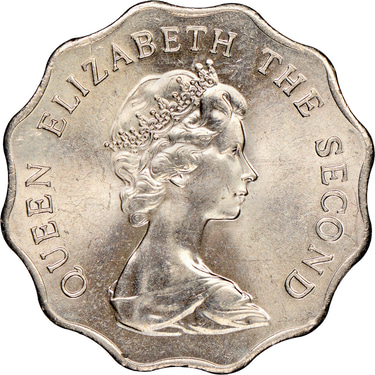Use Desktop for Better Experience
Fixed Income: Key Rates and Macro Products
This article provides a foundational overview of several key products within the fixed income, rates, and macro space.
FINANCIAL
Ryan Cheng
7/16/20254 min read
The global fixed income market is the bedrock of the financial system, a multi-trillion dollar universe that influences everything from corporate financing and government debt to the interest rates on personal loans. For traders, investors, and corporate treasurers, navigating this landscape requires a deep understanding of its core products. These instruments are the essential tools used to manage risk, speculate on economic outcomes, and secure capital.
U.S. Treasuries: The Benchmark of the Financial World
U.S. Treasury securities are debt issued by the U.S. government and are considered the benchmark "risk-free" asset in global finance. Traders and portfolio managers often specialize in different segments of the Treasury yield curve, as each part responds to different economic stimuli.
The Front End
This refers to short-term securities with maturities of one year or less. These instruments are the most sensitive to immediate changes in central bank policy and short-term interest rate expectations.


The "Belly" of the Curve
Covering the middle maturities, typically from two to ten years, the belly reflects the market's medium-term outlook on economic growth and inflation.
This segment includes bonds with maturities of 10 years or more. Long-end rates are heavily influenced by long-term expectations for inflation, economic growth, and the overall demand for safe, long-duration assets.
The Long End




Interest Rate Swaps: The Art of Exchanging Risk
Beyond holding government debt, market participants need tools to manage their exposure to interest rate fluctuations. This is where derivatives like Interest Rate Swaps (IRS) come into play.
An interest rate swap is a forward contract where two parties agree to exchange future interest payment streams based on a specified principal amount. The most common structure involves one party paying a fixed interest rate in exchange for receiving a floating rate from the other party. This is a powerful tool for hedging and speculation.




Speculation
A trader who believes interest rates will fall can agree to receive a fixed rate and pay a floating rate, profiting if their view proves correct.
Hedging
A corporation with a floating-rate loan can enter a swap to pay a fixed rate, thus eliminating the uncertainty of future interest rate hikes.
Swaptions: The Power of Choice in Rate Management
A swaption (or swap option) adds another layer of sophistication. It is an option that gives the buyer the right, but not the obligation, to enter into a predetermined interest rate swap at a specified future date. In exchange for this right, the buyer pays an upfront fee known as a premium. Swaptions are critical for managing contingent interest rate risk, allowing firms to hedge against unfavorable rate movements while still being able to benefit from favorable ones.
TIPS: A Shield Against Inflation
Inflation is a key risk for fixed income investors, as it erodes the purchasing power of future cash flows. Treasury Inflation-Protected Securities (TIPS) are a specific type of Treasury security designed to mitigate this risk.
Unlike a standard bond, the principal value of a TIPS is indexed to the Consumer Price Index (CPI). When inflation rises, the principal amount of the bond increases. While the coupon rate on a TIPS is fixed, the semi-annual interest payments will rise because the fixed rate is applied to the inflation-adjusted principal. This mechanism ensures that both the principal and the interest payments maintain their real value over time.
Money Markets and the New Benchmark: SOFR
The money market, also known as the market for Short-Term Interest Rates (STIR), is the arena for borrowing and lending over short periods, from overnight to one year.
In the first place, Repurchase Agreements (Repo) is a form of short-term, collateralized borrowing.
Secondly, Commercial Paper (CP) is unsecured, short-term debt issued by corporations.
A critical development in this space has been the transition from LIBOR to the Secured Overnight Financing Rate (SOFR) as the primary benchmark interest rate for U.S. dollar-denominated loans and derivatives. SOFR is based on actual transactions in the Treasury repurchase market. This makes it a more robust and reliable benchmark than LIBOR, which was based on estimated borrowing rates submitted by banks and was susceptible to manipulation.
From the foundational safety of Treasuries to the complex optionality of swaptions, these products are the building blocks of the modern financial landscape. A firm grasp of their mechanics is fundamental for any professional operating within the world of finance.


